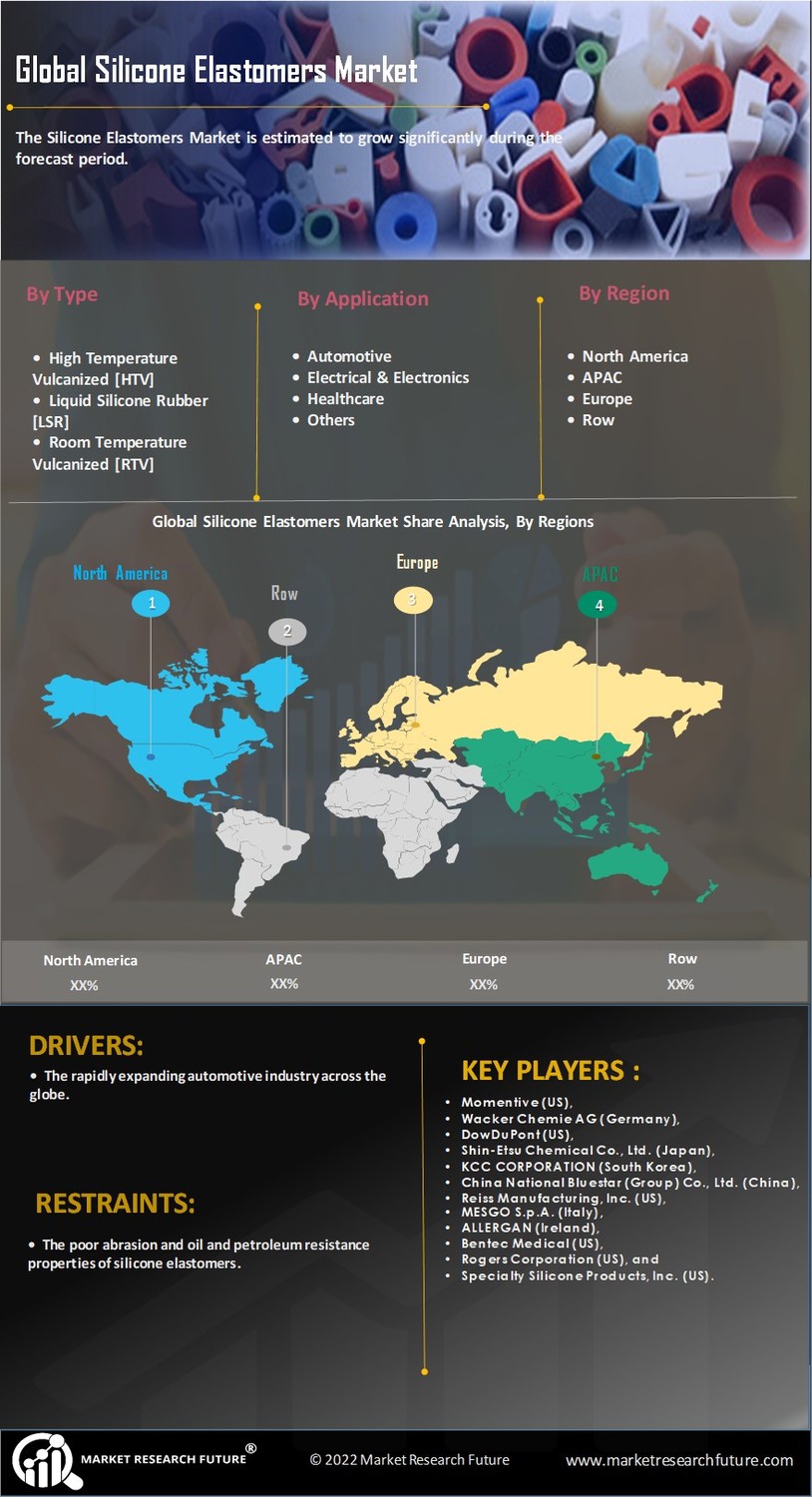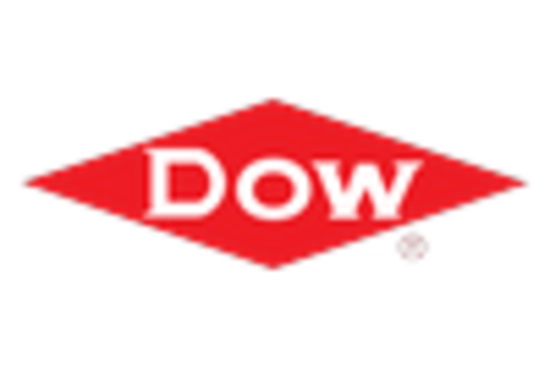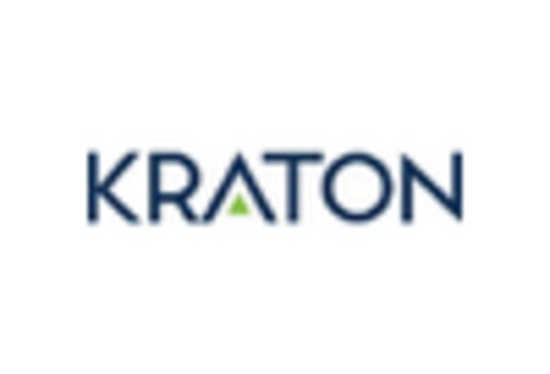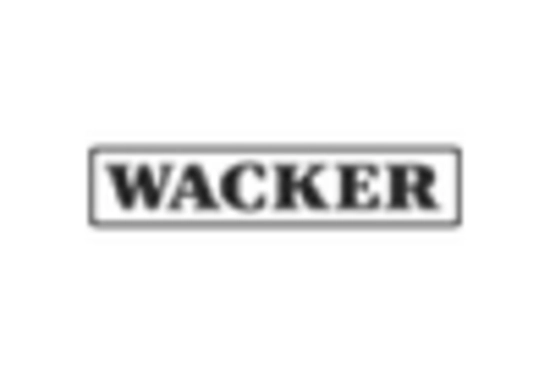Increasing Focus on Sustainability
The silicone elastomers market is witnessing a shift towards sustainability, as manufacturers and consumers alike prioritize eco-friendly materials. The growing awareness of environmental issues is prompting companies to seek alternatives that minimize ecological impact. Silicone elastomers, known for their longevity and recyclability, are becoming a preferred choice in various applications, from construction to consumer products. The market is expected to grow as more industries adopt sustainable practices, with silicone elastomers offering a viable solution that meets both performance and environmental standards. Additionally, regulatory pressures are encouraging manufacturers to innovate and develop greener products, further propelling the silicone elastomers market. This trend suggests a promising future for silicone elastomers, as sustainability becomes a central theme in product development and consumer preferences.
Rising Demand in Automotive Sector
The automotive sector is experiencing a notable increase in the adoption of silicone elastomers, driven by their superior performance characteristics. These materials are utilized in various applications, including seals, gaskets, and insulation components, which are essential for enhancing vehicle durability and efficiency. The silicone elastomers market is projected to witness a compound annual growth rate of approximately 5% over the next few years, as manufacturers seek lightweight and high-performance materials to meet stringent regulatory standards. Furthermore, the shift towards electric vehicles is likely to further bolster demand, as silicone elastomers offer excellent thermal stability and resistance to environmental factors, making them ideal for battery and electronic components. This trend indicates a robust growth trajectory for the silicone elastomers market, as automotive manufacturers increasingly prioritize innovative materials to improve vehicle performance.
Expansion in Healthcare Applications
The healthcare sector is increasingly recognizing the advantages of silicone elastomers, which are being integrated into medical devices, prosthetics, and drug delivery systems. The silicone elastomers market is benefiting from the growing need for biocompatible materials that can withstand sterilization processes while maintaining their integrity. With The Silicone Elastomers Market projected to reach over 500 billion USD by 2027, the demand for silicone elastomers is expected to rise correspondingly. These materials are favored for their flexibility, durability, and resistance to chemicals, making them suitable for a wide range of applications, from surgical instruments to wearable health monitors. As healthcare technology continues to advance, the silicone elastomers market is likely to see sustained growth, driven by innovations in medical applications and an increasing focus on patient safety and comfort.
Technological Innovations in Manufacturing
Technological advancements in the manufacturing processes of silicone elastomers are significantly influencing the market landscape. Innovations such as 3D printing and advanced molding techniques are enabling manufacturers to produce complex geometries and customized solutions that cater to specific industry needs. The silicone elastomers market is poised for growth as these technologies enhance production efficiency and reduce waste, aligning with sustainability goals. Moreover, the introduction of new formulations and hybrid materials is expanding the application range of silicone elastomers, making them more appealing to various sectors, including electronics and consumer goods. As manufacturers continue to invest in research and development, the silicone elastomers market is likely to experience a surge in product offerings, further driving market expansion.
Diverse Application Range Across Industries
The versatility of silicone elastomers is a key driver of their market growth, as they find applications across a multitude of industries, including electronics, construction, and consumer goods. The silicone elastomers market is characterized by its ability to adapt to various requirements, such as temperature resistance, electrical insulation, and chemical stability. This adaptability is particularly beneficial in the electronics sector, where silicone elastomers are used in potting compounds and encapsulants to protect sensitive components. The construction industry also increasingly utilizes silicone elastomers for sealants and adhesives, enhancing building durability and energy efficiency. As industries continue to explore innovative applications for silicone elastomers, the market is likely to expand, driven by the demand for high-performance materials that meet diverse functional requirements.
















Leave a Comment